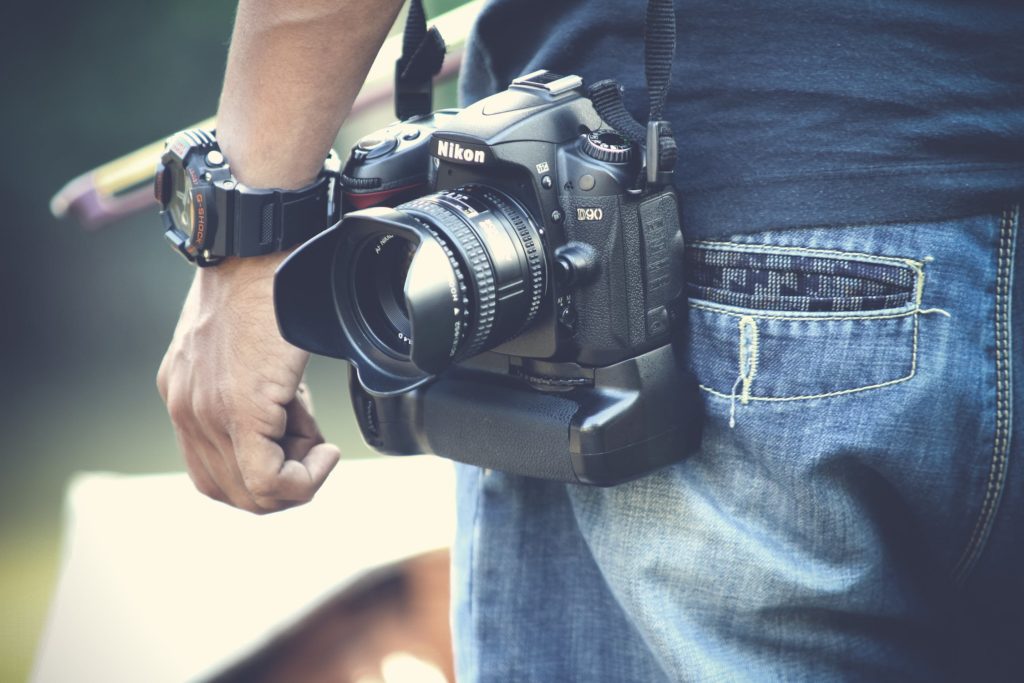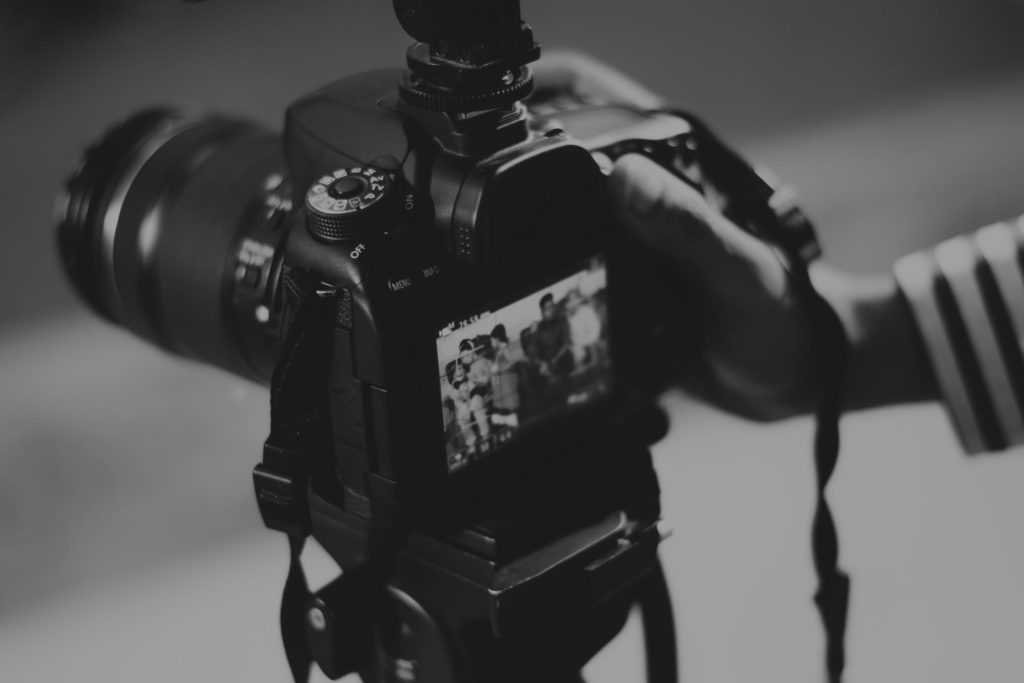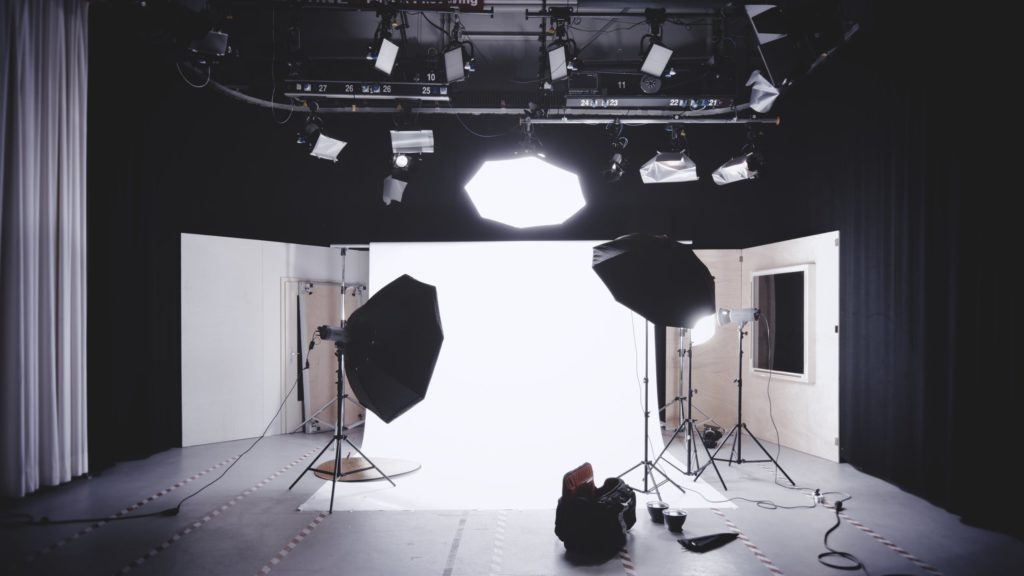When you first began learning about photography, your earliest lessons about exposure probably went something like this:
Exposure consists of three parts — aperture, shutter speed, and ISO.
Sound familiar?
And then you learned what each one does: aperture controls how much light enters the lens (and therefore depth of field), shutter speed determines the length of exposure (how long the sensor or film is exposed to light) and ISO…well, ISO often ends up being the biggest source of confusion for new photographers.
One reason for the confusion is because new photographers are sometimes overwhelmed by all the tech talk that some experienced photographers engage in when discussing ISO.
The arguments over whether ISO represents “sensitivity level” or “gain” or a “signal-to-noise ratio” are irrelevant to practical usage. People just want to know what ISO does and how to use it.
Once photographers finally grasp how to use ISO, many of them eventually end up thinking something along the lines of, “It would be great if ISO could adjust automatically.”
Depending on how recently your camera was manufactured, it probably does have an auto ISO feature. Here’s how to use it.

How To Use Auto ISO
Exactly how you activate auto ISO will vary from one camera to another, so you’ll need to consult the manual.
Generally, auto ISO works in all four of the most commonly used shooting modes — Program Mode, Aperture Priority, Shutter Priority, and Manual. When each of these modes is used in the traditional manner, you set the ISO most appropriate for the lighting conditions and then adjust your aperture and/or shutter speed as necessary.
But with auto ISO the camera chooses ISO for you. Before it can do that, however, you have to provide a sort of framework for the camera to operate within.
- Set a maximum ISO. This is the highest ISO you’re willing to shoot with. Most cameras handle high ISO levels exceptionally well these days, so you shouldn’t have too many reservations about setting an ISO of 6400. Of course, what one person considers an acceptable amount of noise may be totally out of the question for someone else. It’s your call.
- Set a minimum ISO. The best thing to do here is to set the minimum ISO to the camera’s lowest native ISO level. It’s 100 on most cameras, while some cameras have a native low of 200.
- Set a minimum shutter speed. Set this to the lowest shutter speed possible to avoid blur from camera shake. It’s a good idea to follow the reciprocal rule to determine minimum shutter speed. If you’re using a 50mm lens, you would set the minimum shutter speed to 1/60th of a second (there’s no 1/50th sec. on the shutter speed dial, plus it’s good to have a little cushion).

Auto ISO And Aperture Priority
You select the aperture based on the amount of depth of field you want; the camera selects the corresponding shutter speed. If the shutter speed needed is slower than the minimum shutter speed you set, the camera will increase ISO.
Auto ISO And Shutter Priority
You select shutter speed based on how you want to capture motion (freeze action or intentional motion blur); the camera will then set the proper aperture using the minimum ISO you set. Minimum shutter speed is, of course, ignored.
If the camera can’t obtain correct exposure at maximum aperture, it will increase ISO.
Auto ISO And Manual Mode
You select aperture and shutter speed, while the camera raises or lowers ISO in order to maintain correct exposure. Using auto ISO in conjunction with Manual Mode lets you keep aperture and shutter speed the same at all times.
Auto ISO Isn’t Right For Every Situation
Auto ISO is wonderful when you need to quickly capture action in situations where the light is changing. Perhaps clouds are moving in on a sporting event or when you’re shooting wildlife, or you’re running around photographing kids moving between shady areas and brightly lit areas.
Auto ISO is pointless when you’re shooting from a tripod or working with studio lighting.

Final Thoughts
This isn’t meant to be a comprehensive how-to of auto ISO; rather, it is to bring awareness to a potentially powerful feature that you may not be using.
The ins and outs of setting up and using auto ISO will vary across cameras; in some cases, different cameras from the same manufacturer might have auto ISO implemented in different ways.
Again, you’ll need to refer to your camera’s manual to learn all there is to know about how to use auto ISO, but it’s a feature that could have an incredible impact on the way you shoot. Give it a try.
Further Reading
- Every Photographer Must Get to Grips with the Exposure Triangle by Understanding ISO
- Have You Discovered The Power Of Auto ISO Yet?
- Getting Started With ISO: A Beginner’s Guide




